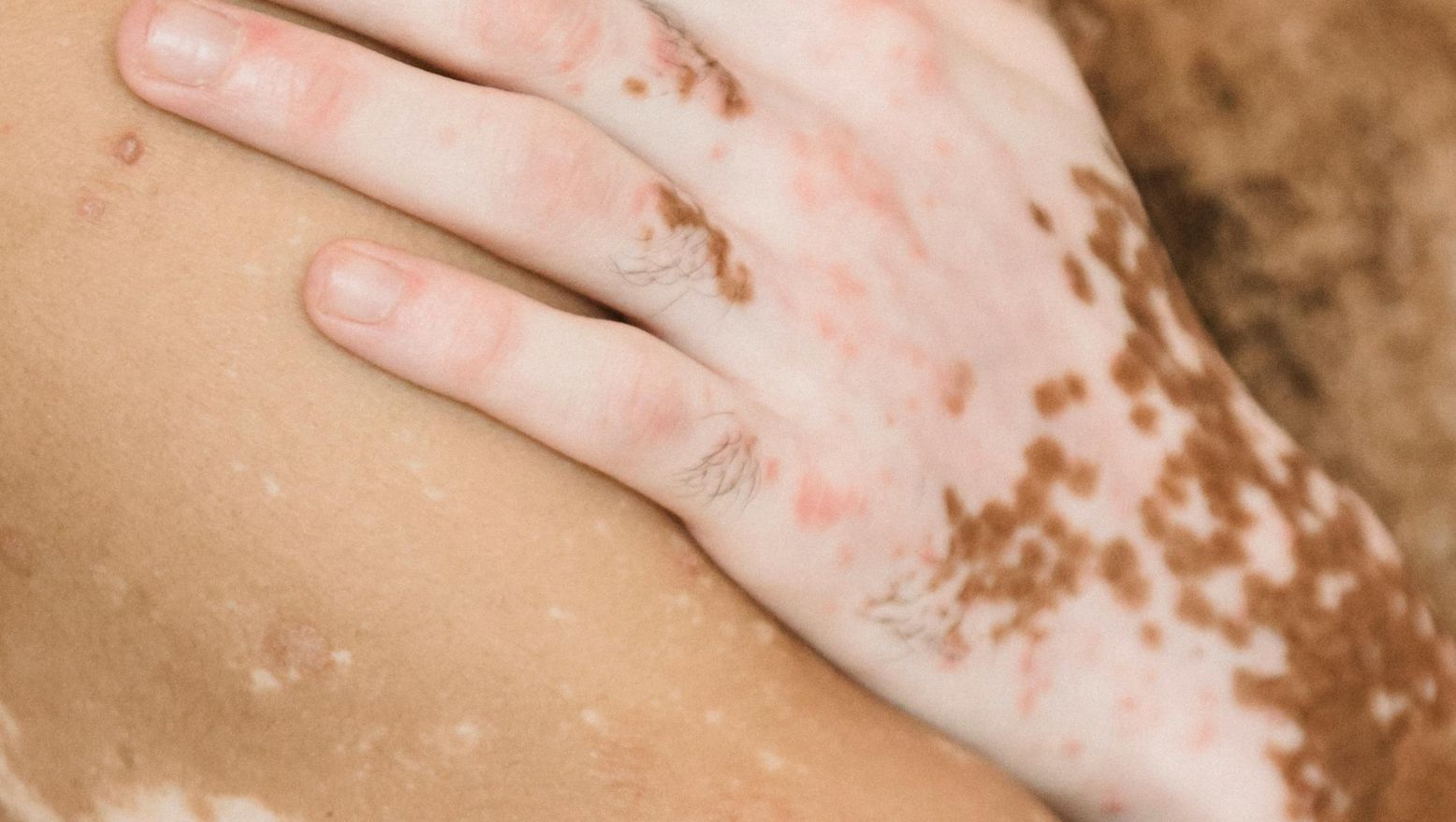Vitiligo is a chronic skin condition characterized by the loss of pigmentation, resulting in white patches on the skin. This condition can impact an individual’s self-esteem and quality of life, prompting many to seek effective treatment options. Advances in dermatology have significantly improved the options available for managing vitiligo, making the treatment process more effective and personalized. When exploring Vitiligo treatment in Abu Dhabi, it is essential to understand the current efficacy of various therapies and what recent innovations have contributed to better outcomes for patients. The effectiveness of vitiligo treatment today depends on several factors, including the type, extent, and location of the patches, as well as individual skin responses and treatment adherence.
Understanding Vitiligo and Its Impact
What Is Vitiligo?
Vitiligo is an autoimmune disorder where the immune system mistakenly attacks melanocytes, the cells responsible for producing skin pigment. This results in the development of depigmented patches that can appear anywhere on the body. The condition often progresses gradually, with patches enlarging over time. While the exact cause remains unknown, genetic and environmental factors are believed to play a role.
Psychological and Social Effects
The visual appearance of vitiligo can lead to emotional distress and social stigma. Many individuals experience anxiety, depression, and self-consciousness due to their skin changes. Addressing these psychological impacts is a crucial aspect of comprehensive vitiligo management, alongside physical treatment.
Current Vitiligo Treatments and Their Effectiveness
Topical Therapies
Topical treatments are often the first line of defense against vitiligo. Corticosteroid creams and calcineurin inhibitors can sometimes help restore pigmentation, especially when used early in the disease. Their effectiveness varies among individuals, with some experiencing significant repigmentation and others showing minimal response.
Phototherapy
Phototherapy, particularly narrowband ultraviolet B (NB-UVB) therapy, has shown promising results in stimulating melanocyte activity and promoting repigmentation. This treatment involves controlled exposure to UVB light, which can be administered in clinical settings or at specialized centers. Over time, many patients observe notable improvements, especially with consistent sessions.
Surgical and Depigmentation Options
For extensive vitiligo or cases resistant to other treatments, surgical options such as skin grafting or melanocyte transplants can be considered. Depigmentation therapy is also available for those with widespread vitiligo who wish to even out skin tone. The success of surgical interventions depends on proper patient selection and skillful execution.
Emerging Therapies
Recent innovations include the use of Janus kinase (JAK) inhibitors, which target specific immune pathways involved in vitiligo. Clinical trials have shown encouraging results, with some patients achieving significant repigmentation. Additionally, combination therapies that integrate multiple approaches are being explored to enhance treatment efficacy.
How Effective Is Vitiligo Treatment Today?
The current landscape of vitiligo management offers a range of effective options, particularly when treatment is tailored to the individual's specific condition. Many patients experience partial to near-complete repigmentation, especially with early intervention and consistent therapy. The success rate varies, but ongoing research continues to improve outcomes. Factors such as treatment adherence, skin type, and the extent of depigmentation influence results. Overall, with advances in dermatological science, the prognosis for vitiligo patients has improved considerably, making successful management more attainable than ever before.
Factors Influencing Treatment Success
Individual Response
Every patient’s skin reacts differently to treatment, which influences the overall success. Genetic factors, skin type, and the extent of depigmentation all play roles in determining outcomes.
Early Intervention
Timely diagnosis and initiation of therapy tend to yield better results. Early treatment can prevent the progression of depigmentation and increase the likelihood of repigmentation.
Treatment Compliance
Regular attendance to therapy sessions and adherence to prescribed regimens are crucial. Consistency enhances the chances of achieving desired results.
Combination Approaches
Combining therapies, such as phototherapy with topical agents or surgical options, can synergistically improve outcomes, especially in resistant cases.
Innovative Approaches and Future Directions
Personalized Medicine
Research is moving toward personalized treatment plans based on genetic and immunological profiling. Tailoring therapies to individual patient profiles promises to maximize efficacy and minimize side effects.
Novel Drug Development
Emerging drugs targeting immune pathways involved in vitiligo are under clinical evaluation. Their development could revolutionize treatment by offering more effective and faster solutions.
Advanced Technologies
Laser therapies, excimer laser, and other advanced technologies are being integrated into treatment protocols, providing additional options for patients seeking repigmentation.
Conclusion: The Future of Vitiligo Treatment Effectiveness
The effectiveness of vitiligo treatment today is more promising than ever, driven by technological advancements and a deeper understanding of the disease mechanisms. While no permanent cure exists yet, many therapies can significantly improve skin appearance and patient confidence. Early diagnosis, personalized treatment plans, and adherence are key to achieving the best outcomes. As ongoing research continues to uncover new therapeutic targets, the future holds hope for more effective and faster solutions for individuals affected by vitiligo.
FAQs
1. How long does it typically take to see results from vitiligo treatment?
Results can vary depending on the treatment type and individual response, but most patients notice improvements within a few months of consistent therapy.
2. Can vitiligo be completely cured with current treatments?
While many treatments can significantly improve pigmentation, complete and permanent cure remains elusive. The goal is often to manage the condition and restore skin tone as much as possible.
3. Are there any natural or home remedies effective for vitiligo?
Most effective management strategies are conducted under medical supervision. Natural remedies lack scientific evidence for efficacy and should not replace professional treatments.
4. What factors influence the success rate of vitiligo treatments?
Factors include the extent and duration of the condition, treatment adherence, skin type, and the presence of other health conditions. Personalized approaches tend to yield better outcomes.
